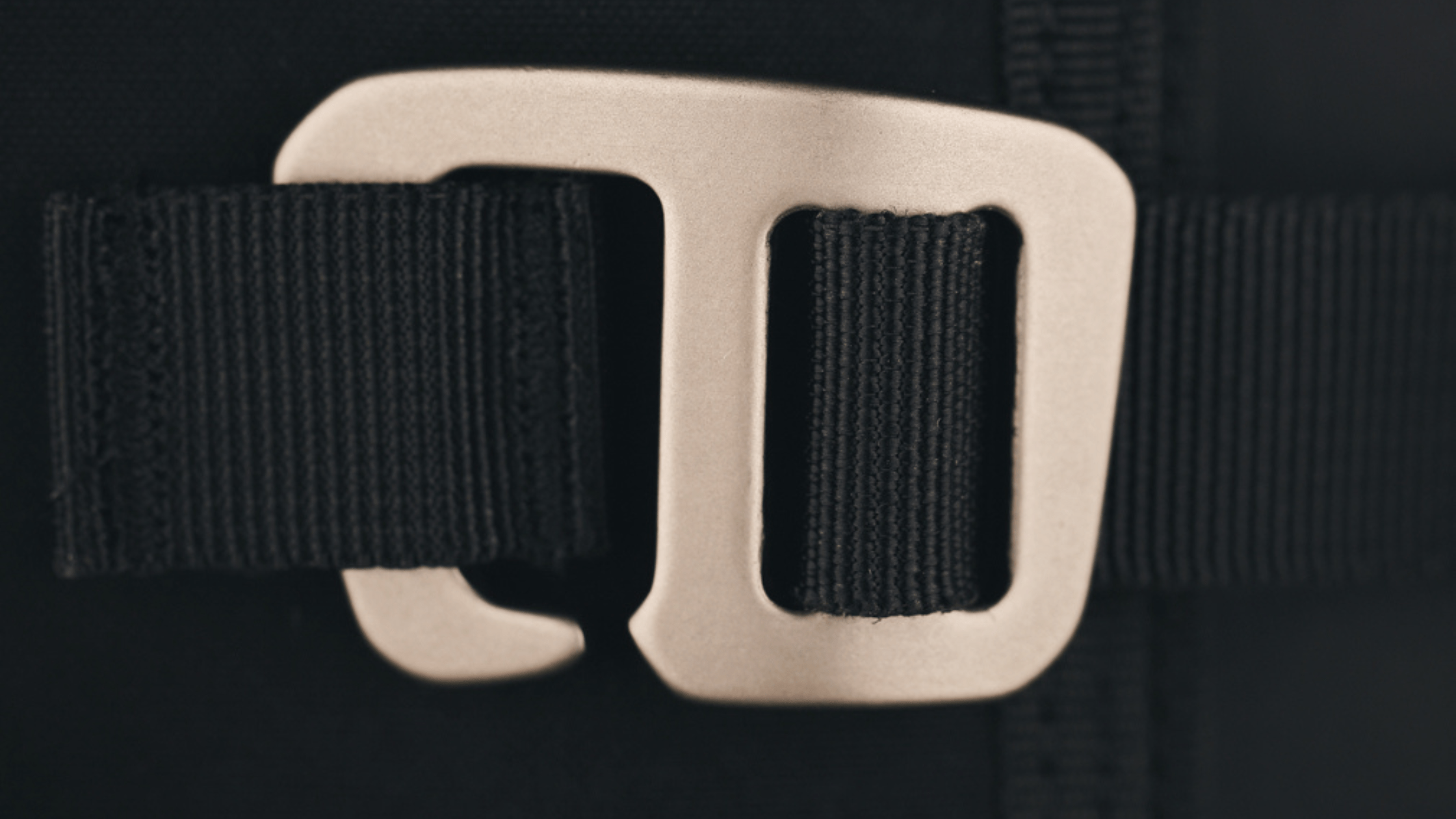For a lot of people, writing is a deliberate practice. Once they’re face to face with a blank page, most of the time, they already have an idea what to write about. This can be handy: preparing beforehand by deciding on a topic and structure can help us stay focused and keep writer’s block at bay. However, caring too much about what to write and how to write it, especially when journaling, can end up being restrictive. As a result, instead of giving us the release typically associated with writing in a journal, some of us may feel like we’re unable to fully express ourselves.
Thankfully, there are certain writing methods we can make use of so we can enjoy keeping and maintaining a journal. If you’re feeling particularly trapped and have the need to exercise your freedom to write whatever you want, then this article is for you! Here are three ways you can get your thoughts and feelings down on paper with little to no restrictions so you can make the most out of journaling!
1. Stream of Consciousness Writing
Before it was widely used for journaling, stream of consciousness writing was mainly a narrative device used by authors to describe what’s happening in a story through the “flow of thoughts in the minds of the characters.” Aptly, it’s also known as interior monologue.
In the same vein, when used for journaling, you’re doing something similar—that is, talking to yourself as a character having a conversation with themselves would. This is especially helpful if, like some people, you have a lot of disruptive thoughts and ideas that can stop you from getting things done.
When using this method to keep a journal, the goal is to clear your mind by writing down everything you’re thinking of continuously, without stopping—not even to correct spelling and grammar—until you’re done or once a set amount of time has been reached. In doing so, you’re able to dispel all your worries (or find solutions for them).

You can also go back to specific thoughts and ideas later on when you have the time, which can help give you the focus needed to be more productive.
Many journalers do stream of consciousness writing in the morning and as soon as they wake up so that they can go about their day without any distractions. However, we find that it’s also useful before bed and helps us with a good night’s sleep. Whatever time of the day you choose to do this method, we’re sure that you’ll feel refreshed and a little lighter right after.
2. Reflective Journaling
If you’re looking for a method with a basic structure that still gives you the freedom to write whatever’s on your mind, then you may want to try reflective journaling. It’s a little more targeted since it typically revolves around specific situations or events, but it’s an effective process because it helps you discover the deep seated thoughts and feelings you have about things that have happened. When action is required, it also allows you to figure out what steps you need to take
Self-reflection is important because it can help us discover our purpose in life, which can drive us forward into achieving great things, as well as assist us in getting to know ourselves and who we are better. The beauty of reflective journaling is how it’s general enough that it doesn’t completely limit you from writing what you want, all while being just the right amount of specific by giving you an idea what to write about. From our own experience, it’s perfect when we’re not sure what to journal about but don’t wish to be restricted by one topic or idea.
3. Dear Diary
First of all, you don’t have to use this line to start your entry for the day! Second, this one is simple and easy: write about your day in any way or manner you choose, which is really the only limitation when using this method. We discovered that when we have no idea what to put down on paper, doing things dear diary style allows us to save time since we can get to writing right away—which is what needs doing if we’re ever going to write anything at all.
Third and lastly, once you get going, your thoughts and ideas will eventually branch out on their own and, before you know it, you’ve filled out an entire page, if not more.

Unfortunately, the media has painted this journaling classic as a method that only teenage girls utilize. More than just to get you writing however, regardless of age and gender, it can be useful if there are certain things you want to look at, understand, or address about the day.
Conclusion
There are so many other methods that can help us make the most out of journaling, and though it all boils down to personal preference, this list should help if you’re stuck staring at a blank page and don’t want to limit your writing by using things like guided journaling or prompts.
What other methods have you used to overcome writer’s block without restricting your thoughts and creativity? Leave a comment below—we’d love to hear from you!





Visual Journaling: What It Is and How To Get Started
Mindset Shift: 6 Ways To Overcome Writer's Block